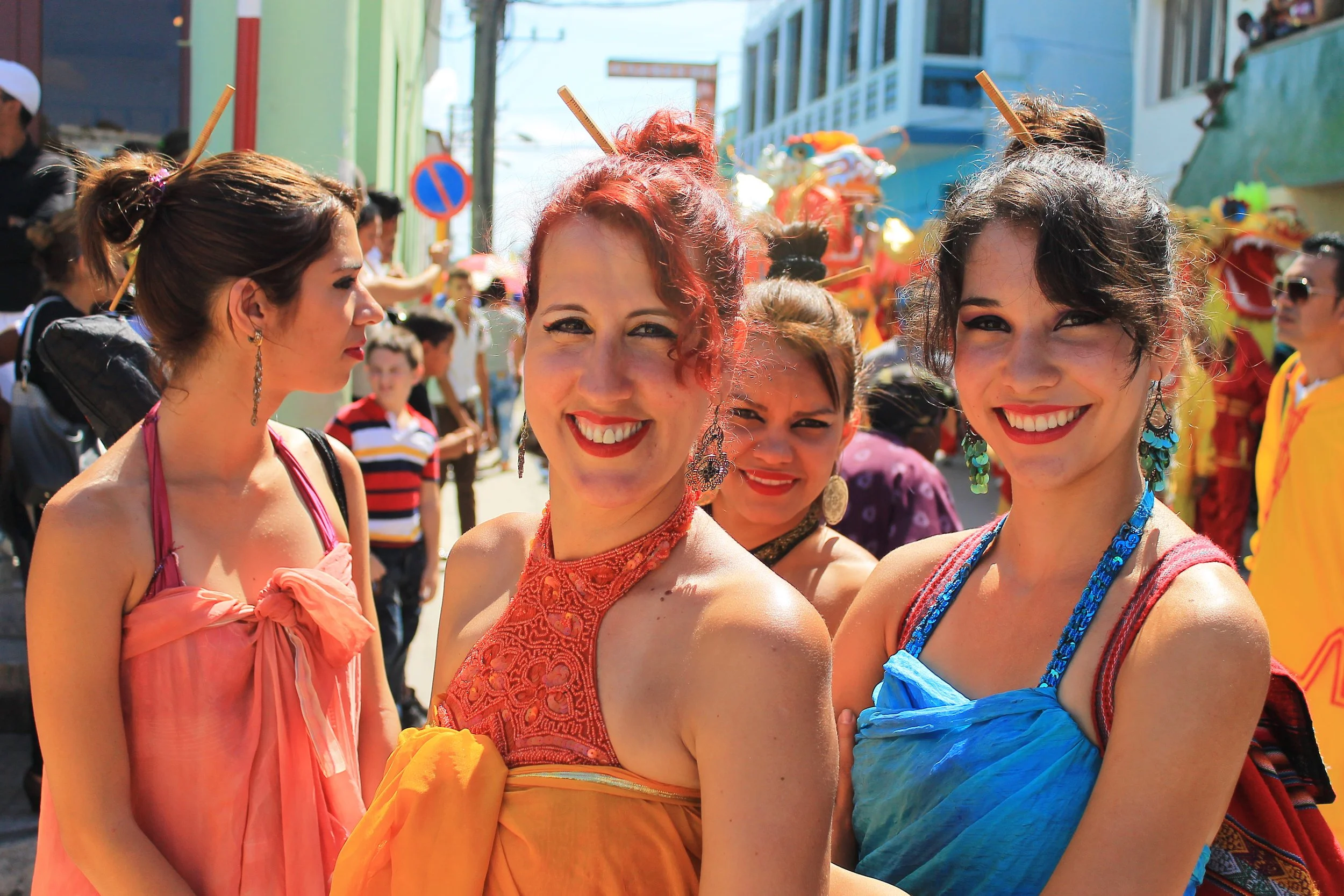Take Your Camera to a Parade: My To-Do List
One of the most interesting months for me in Cuba was without question the month of May. First, the May Day parade —political connotations aside(1)— was a sea of colors and people. Then, the Romerías de Mayo(2), a cultural festival, brought artists from all over the world, and the event always started with a parade, and ended with another one.
Other events in Cuba were also interesting and colorful. The Parade of the Torches, a Fidel Castro creation, was held in January at night, falsely paying tribute to Cuba’s National Hero José Martí(3). The Ibero-American culture week, held in October or November, was another Holguín event that would produce a lot of color and all kinds or people.
Politics aside, as some —if not most— of the parades in Cuba have a political connotation to promote Communist propaganda, the opportunity of capturing so much color, so many facial expressions, and so many vivid memories, was something I would take advantage of.
Since I left Cuba, I have been able to photograph only four parades in the US: the mum’s parade in Bristol —which I shot as part of my school—, two installments of the St. Patrick’s Day Parade in Hartford, and the 2022 Baseball Hall of Fame Weekend Parade in Cooperstown.
Throughout my experiences, I have taken the lessons that I learned through some of my fellow photographers, and even from my own mistakes, and I have created a small guide that I follow to the letter when I am shooting this type of event.
















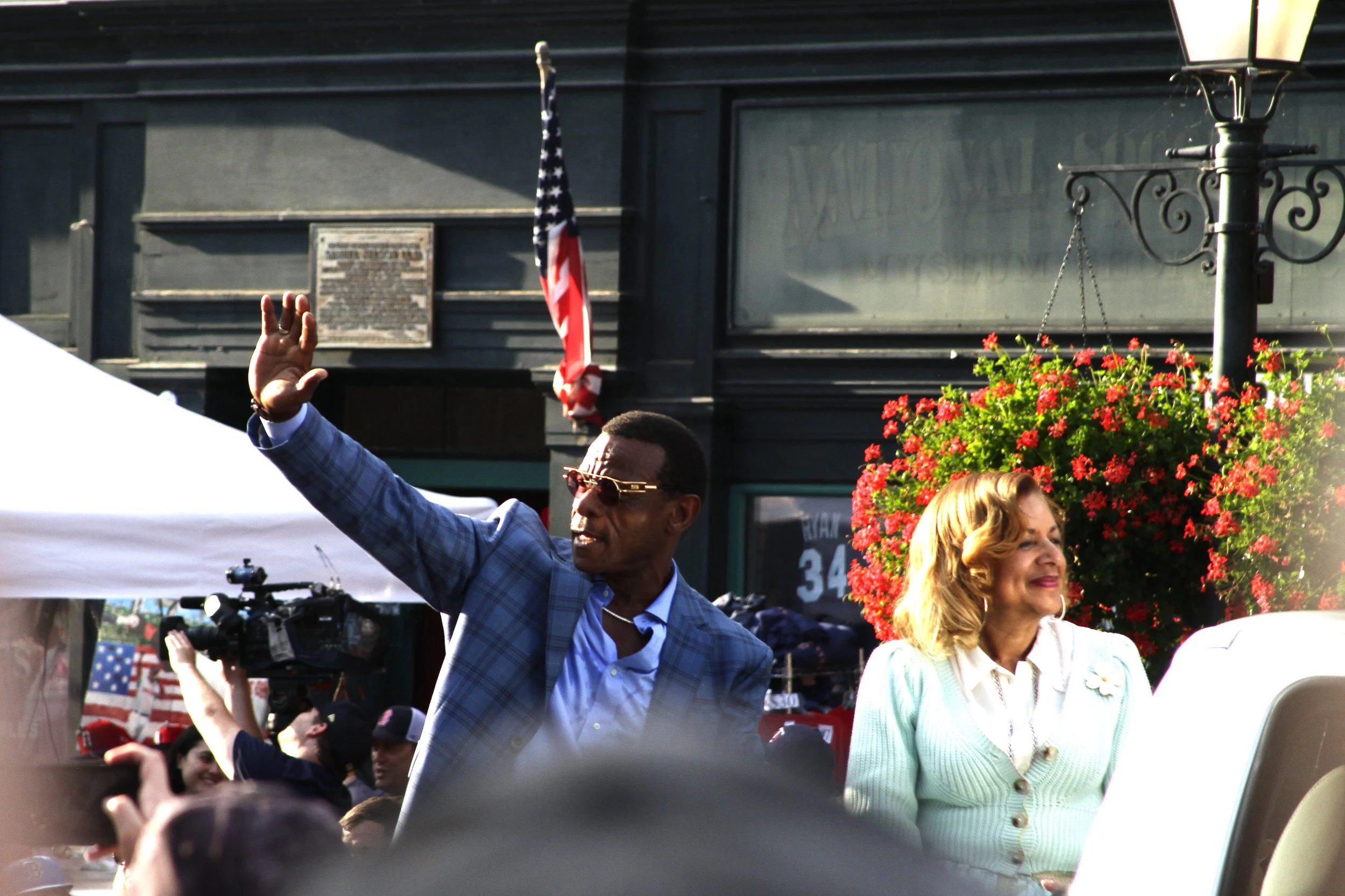
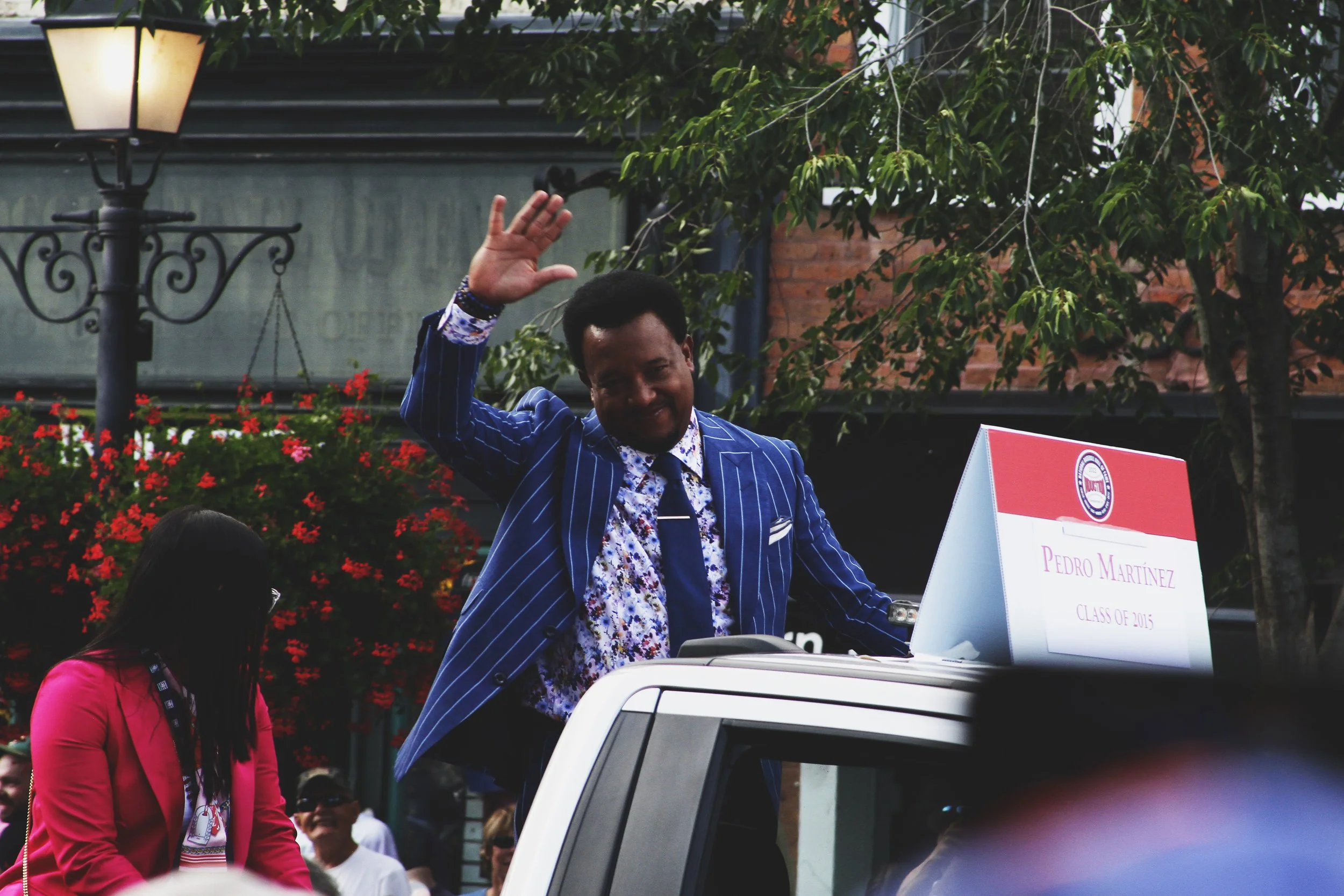
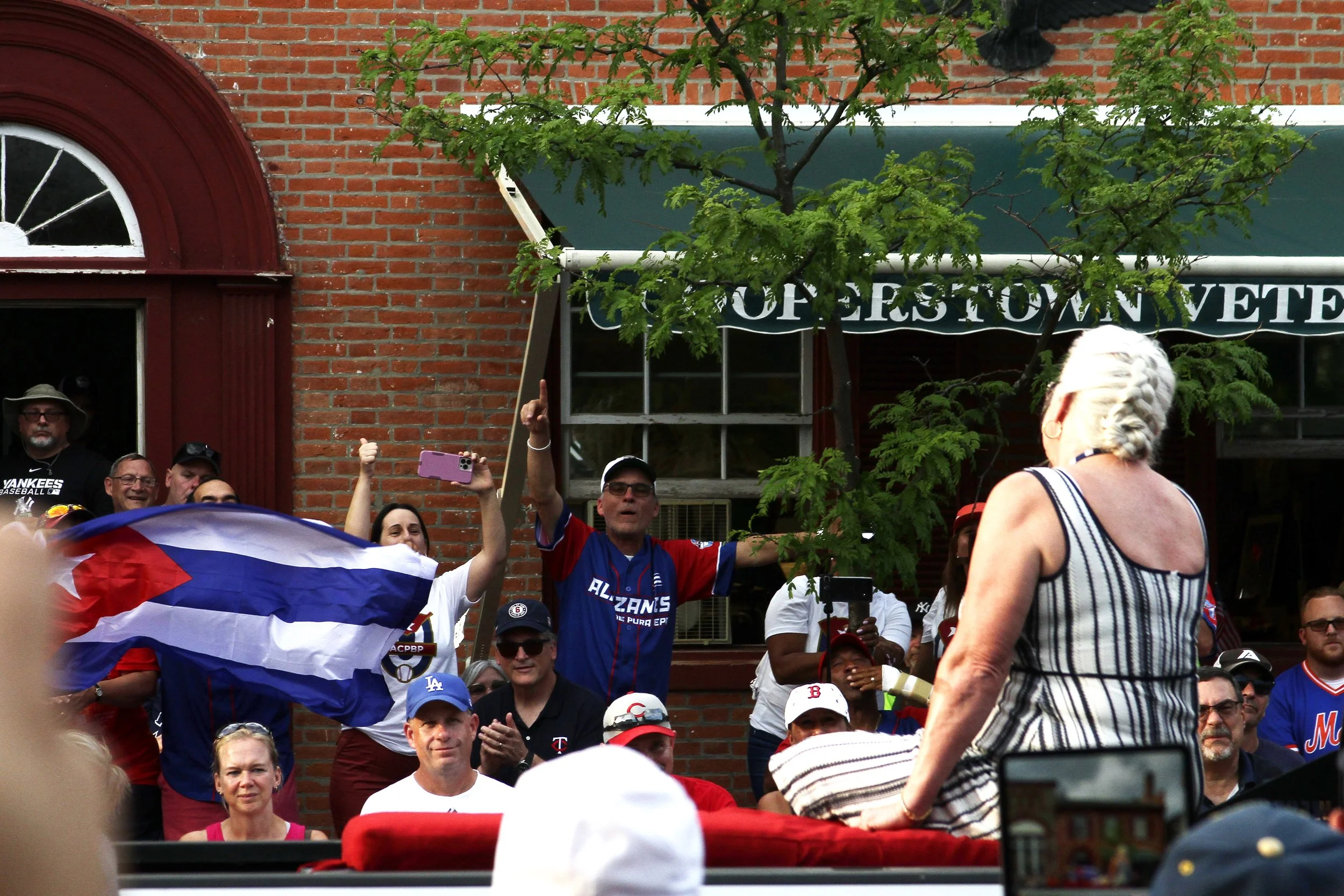

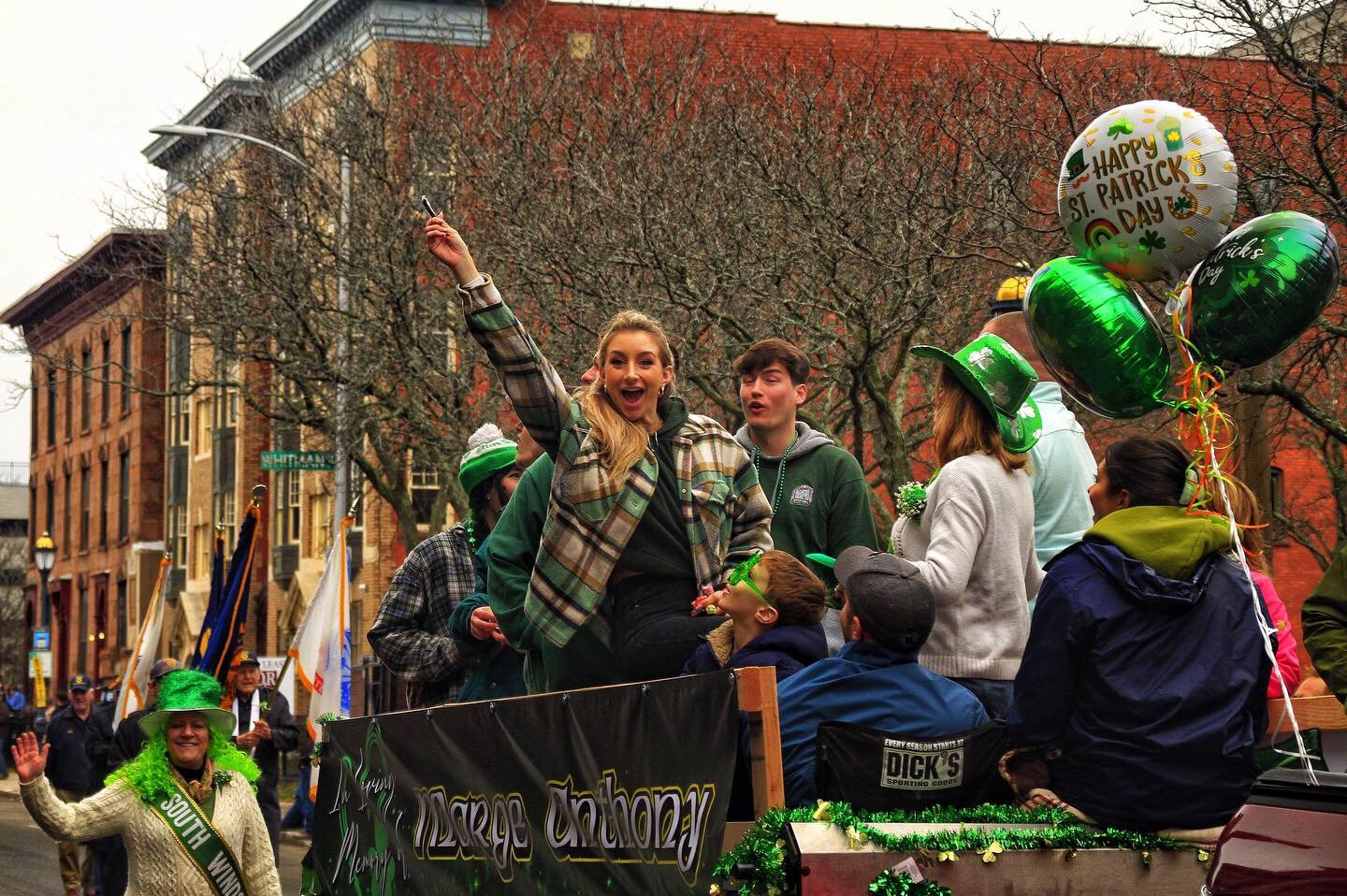
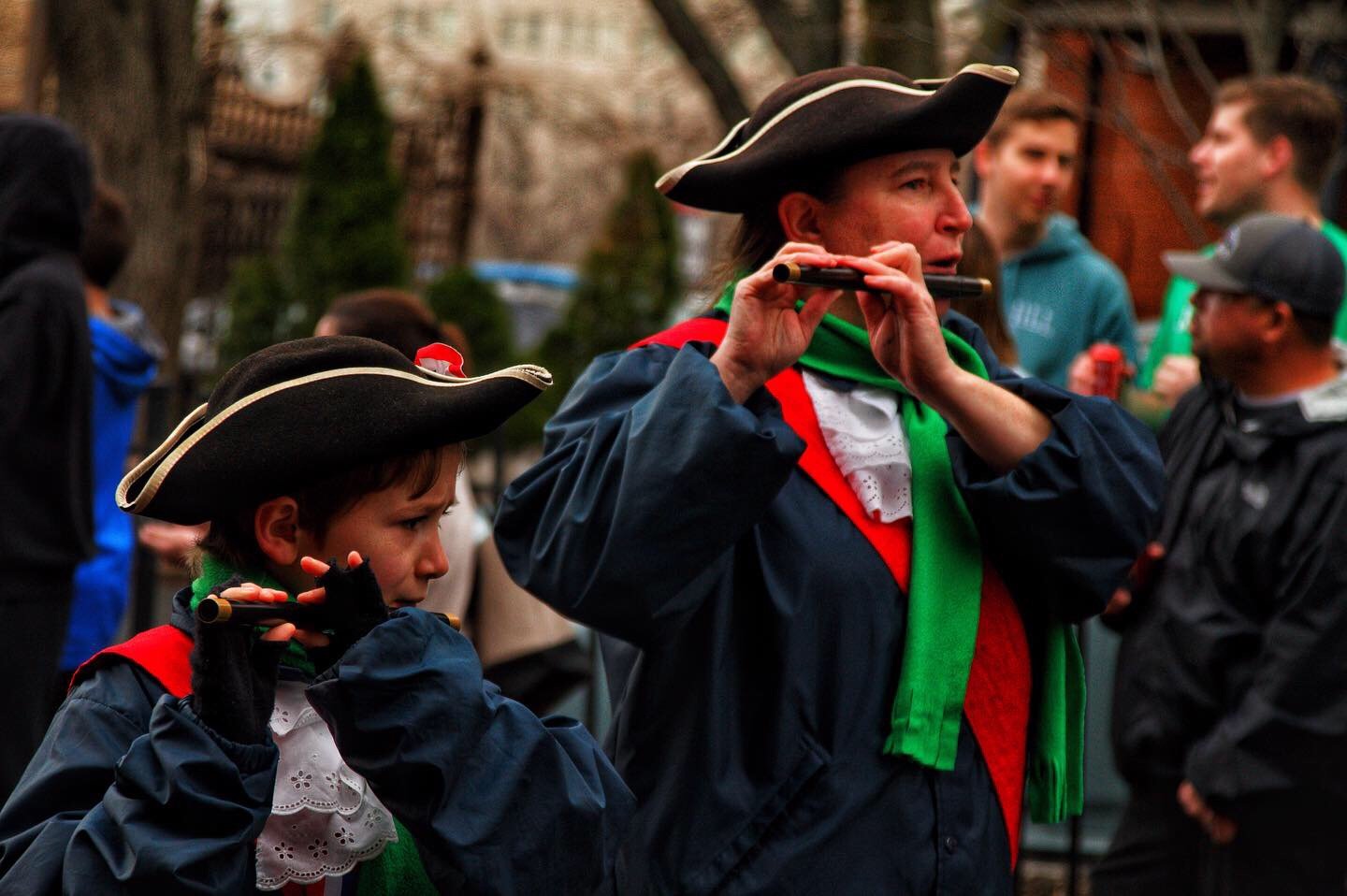
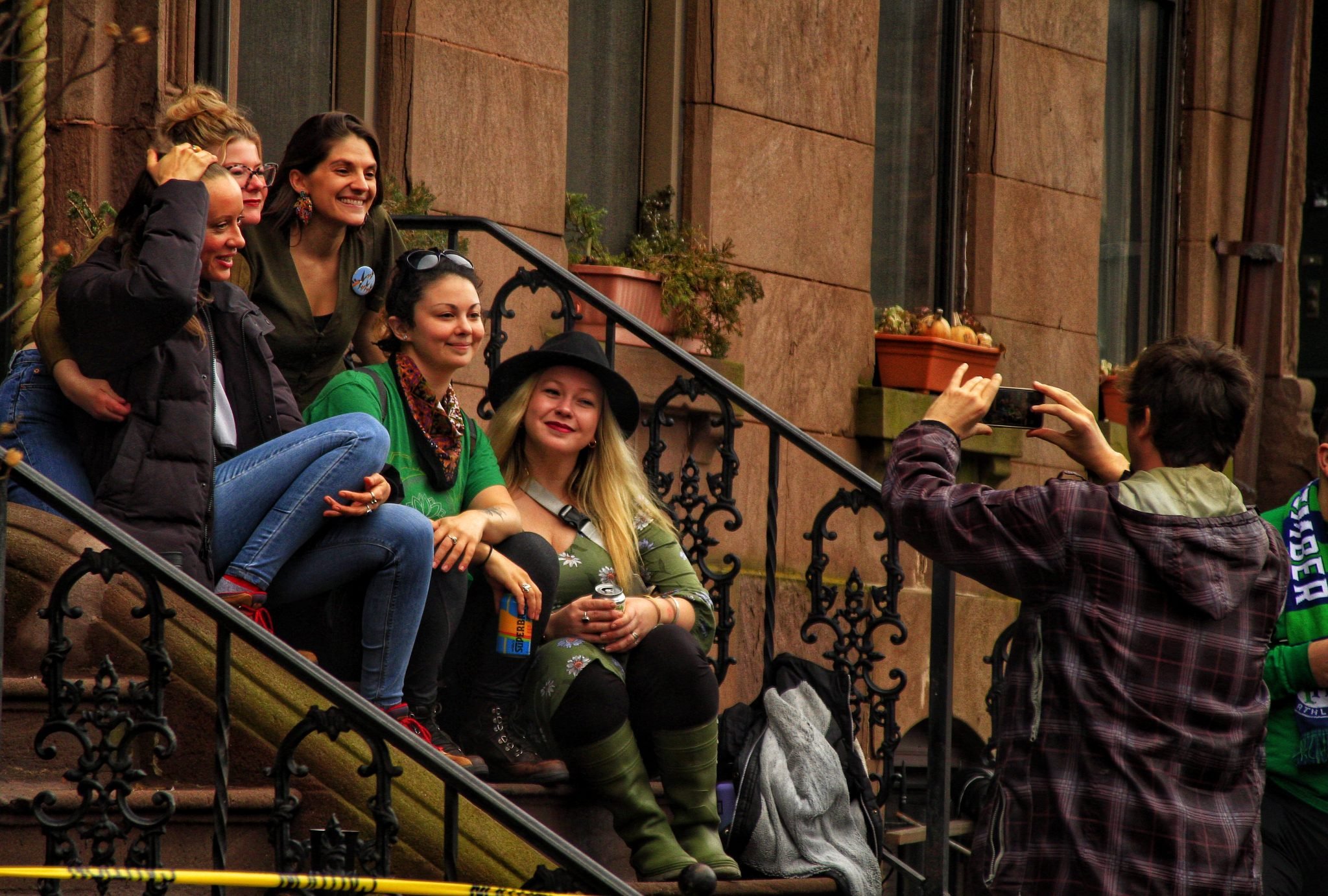
The List
Check your gear. This applies to every single type of shoot that I do. You need to check that your SD cards have enough space, that all your batteries are charged, and that all your lenses are clean. You also need to know beforehand what lens you plan to have on for the shoot, so you come to the place with the right one attached to your camera.
Check the weather. To me, this goes the same distance. If you are going to be shooting for one, two hours or more, you need to know what the weather forecast is going to be at the location of your shoot. That helped me a lot in every parade in Cuba (which was always hot, by the way) and both in the mum’s parade in Bristol and in one of my St. Patrick’s Day parades. For the first one, I was not fully ready, wore a sweater because it was cloudy, and the humidity got the best of me and I sweated a lot.
Take care of yourself. You don’t know how long you are going to be at the location, so you may plan in advance and make sure you have comfortable shoes, water and something to eat. It will save you from getting dehydrated or from passing out because you are hungry and you get weak.
Arrive in the location at least 45 minutes before everything starts. This normally applies to every shoot that you plan and organize, mainly if it is a coverage. You need to arrive with plenty of time to choose your spot, study the light, and tackle possible movement restrictions that fall in place once the parade starts.
Don’t be caught in the crowd. Choosing your spot is vital, as is also making sure you don’t get trapped in the crowd —which is always a risk you take when you have no media credential— and avoid being an unwanted presence among viewers. For these parades, my trick is always to stay in a non-barricaded area so I can cross the street (as long as it is allowed) to change my angle.
Know the theme. In some cases, the parade you have to photograph includes a theme, a special guest, or something alike. For instance, in Holguín’s Romerías de Mayo, there was always a special guest country, so knowing that is very helpful and necessary for you to make sure you capture flags and colors of such country.
Your opinion stays at home. Sometimes, the parade you are photographing (whether you have been assigned to do so or not) portrays a message you disagree with. Whether political, religious, scientific, social or artistic, you need to make sure that your opinion does not interfere with your work. The photos you are going to take have to be good, and if that means you have to capture good images of a person or a group of people whose ideas, stance on certain topics, or work you don’t align with, so be it. The end result of your images is what matters. To put it in perspective, it is like taking a beautiful photo of a rundown place or some sort of destruction.
Know the rules of engagement. There is a reality in all parades. There is always going to be security of some sort. Sometimes there will be mild police presence, but others there will be tighter restrictions. Such restrictions will not get you in trouble potentially, but will make you get stuck at a spot where you will have very low to zero visibility of your target, simply because you didn’t know you couldn’t go any further. I was a little stuck in Cooperstown because even with a media pass I could just go su far. Fortunately, I managed to capture a couple of the pictures I wanted to.
Make sure they see you. Unlike some candid photos, when you are photographing this type of event, it is crucial that those parading see you. Why? Well, because that way they can give you a better shot, the best angle they have, or even interact with you in a way that actually makes it more beautiful. That pirouette that you missed, that little dance that you could not get because somebody in the crowd was suddenly in front of you… sometimes they are willing and able to repeat that for you.
Be friendly and smile. This applies to documentary and street photography in general: if you are not friendly and personable, people are not going to give you a smile and will not feel comfortable with your presence. Although it is true that everyone in a parade should know that they are subject to be photographed, being nice can take you way further.
The crowd also counts. Just as in sports or live performances, it is important to note that the attending crowd may provide interesting images for you. And sometimes, they will even be very open to be photographed. As long as you keep being friendly and respectful, you can take some good ones too.
Size matters. One of the photos that the media likes to include in a parade is the size. Being able to take an aerial photo of the crowd will be very useful to you. Throughout my life, I was only able to capture one type of parade, and that was the Desfile de las Antorchas (the aforementioned Parade of the Torches). When I did, I was able to photograph part of the crowd (it was nighttime but the torches helped) and a giant Cuban flag.
Stay the whole time… and beyond. This is something that I always like to apply. Staying until everything is over is of paramount importance because of the photo opportunities that may arise. One example —at least for me— was in the last St. Patrick’s Day Parade I photographed. Just as I was leaving, a young woman asked me to take a photo of her pulling up her sweater and showing the shirt she had under, which read “Hartford Has It”, and it happened to be my favorite photo of that day.
Conclusion
Other photographers may or may not have a different view, and also a different way to carry out their shoots. Yet, this is basically a ritual that I follow every time I am going to be on a parade or something similar. These steps allow me to organize my work and to plan my shoot, while they also enable me to stay safe.
Again, this is my method, and other people may disagree with it or simply agree partially.
Notes:_____________
(1) In Cuba, despite being labeled as a demonstration by the proletariat, the May Day Parade is organized by the government, and instead of being a march for justice of the working class, it is a tailored propaganda aimed at showing mass support of the communist regime.
(2) The Romerías de Mayo takes place in Holguín every year for a week since May 2. Based on a religious pilgrimage, the festival gathers young (and not so young) artists from all over the world and promotes contemporary art in all manifestations, from painting to rock concerts.
(3) Organized by Fidel Castro on January 27, 1953, to commemorate the centennial of José Martí’s birth, the event has since the Revolution become more a tribute to Castro himself than to José Martí.


